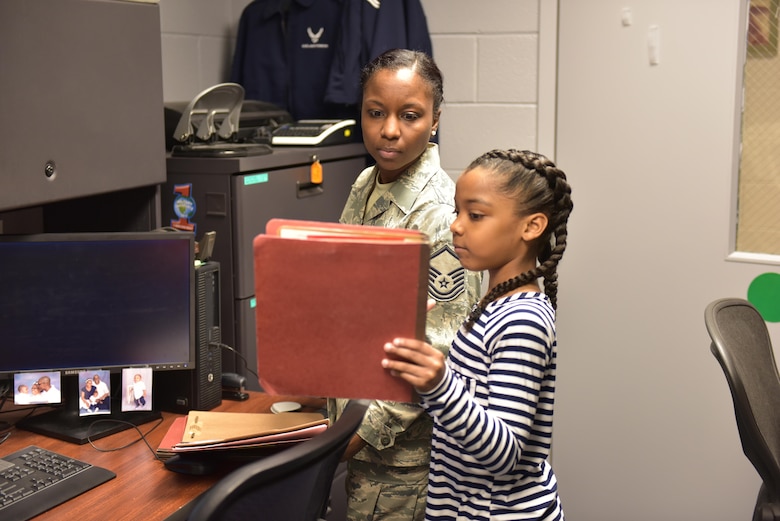This is the first post about Mr. H. He might be a bit scaring to say the truth, such a huge man… But with a heart that is as big as his body. Mr. H is a teacher that holds a great commitment with his students. He is in his class with body and soul. It is great to see that he is the kind of teacher that you believe that was born for the job. It is one of his practices I am going to talk about today.
I love this line from John Hattie “When teaching and learning are 'visible' – that is, when it is clear what teachers are teaching and what students are learning, student achievement increases”. That sounds like a pretty obvious thing, but how do we know if students are in fact learning what we teach them? Just as mentioned in a previous post, the lenses need to be put over students and not teachers, however we need to provide opportunities for students to prove they are learning.
Evidence is the keyword. Teachers need to collect reliable evidences that reflect exactly what students are able to do after going through the lessons a teacher proposes. This what I found in Mr. H’s class and ì want to share. According to the a website (RETSD): “Once teachers collect evidence they can more easily determine to what extent this evidence meets the established learning outcomes”. I can see Mr. H trusts this line and uses this premise in his job as a teacher.
The subject taught was evolution. Using different strategies, Mr. H explained all the important points the national curriculum aligned with the school’s curriculum suggested. He went back to some of the classes and reviewed before he proposed this work. The final presentation was this:
Students had to write down on posters the adaptations and some other explanations Mr. H assigned using Google Classroom. The work was supposed to be done during class time, in which Mr. H was also helping students by guiding them through the whole process; differentiating when necessary.
Now, why is this a piece of work important if students are put in groups for discussions and can use their computers to research in case they are not sure about something? On top of it all, they can even use Mr. H to help them during the work… Is this an evidence? Well, it is not actually. But this is the work that will generate the proof of learning. What comes next is the relevant part for me.
In the end, this is the best assessment for teachers and students, since it can provide a lot of information useful for teachers who care about their students’ learning. Who understood it? Who needs extra help? Who can help who? How were my classes (self-assessment for the teacher)? Creating an assessment that will feed us with authentic information is the key to know in which stage of learning students are and how we can further help.
What are your evidences of learning? Teaching is not easy, but reading the practices of others can give us the feeling that we are always able to give our best in classes, right? Good teachers make it happens!
Read more:
Read more:






